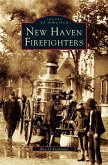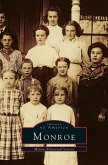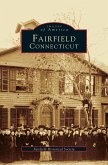New Haven, as its name implies, has always strived to be a place of betterment for its citizens. Its Puritan founders wanted to make it a religious utopia. Its Colonial leaders transformed its shallow harbor into a shipping port and worked to bring Yale to town. Nineteenth-century entrepreneurs won industrial fame for the city with the manufacturing of arms, hardware, and carriages. By 1900, New Haven was home to thousands of new immigrants seeking a better life. It is no surprise, then, that as the century proceeded, local leaders tried to create a "model city." This time, however, the tools of progress were the bulldozer, the wrecking ball, and millions of dollars from the U.S. government. It was called urban redevelopment. In never-before-published photographs from the archives of the New Haven Colony Historical Society, New Haven: Reshaping the City, 1900-1980 portrays the twentieth-century changes that altered the face of a major Connecticut port. The book spotlights the bustling shops of downtown, the crowded flea markets on Oak Street, and the other neighborhoods that lost and gained most during this period of swift and remarkable change: State Street, Church and Chapel Streets, Wooster Square, Long Wharf, Dixwell and Newhallville, Fair Haven, the Hill, and Dwight Street, among others.








